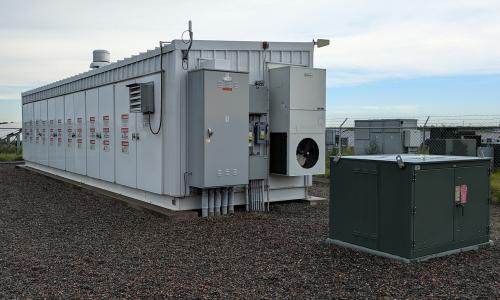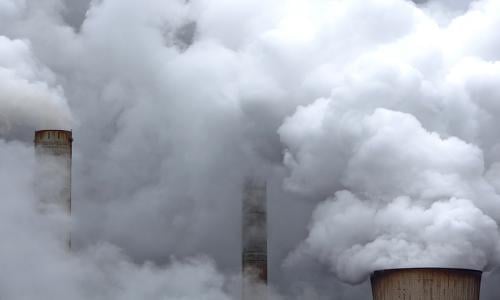Pressurized water reactors (PWRs), which comprise about two-thirds of the U.S. nuclear power plants, rely on multiple safety systems to protect the public in the event of an accident.
For example, if a pipe breaks and allows cooling water to pour from the metal vessel housing the reactor core, several emergency pumps automatically start replenishing the lost water from a large outdoor storage tank. When that tank empties in 30 to 45 minutes, the pumps are re-aligned to get water from a sump in the basement of the containment building where it has collected after spilling from the broken pipe. The pumps then recycle the spilled water back through the vessel to cool the reactor core.
In September 1996, the NRC identified a generic problem with this arrangement. Debris inside containment—both from insulation and paint chips scoured away by the water jetting from the broken pipe and from residual trash—will be carried by the water to the sump where it can clog the pumps and prevent them from recycling necessary cooling water for the reactor core. Without adequate cooling, the nuclear fuel in the reactor core will be damaged by overheating, present a huge hazard.
The fix for this problem is available—similar repairs have already been installed on U.S. boiling water reactors (BWRs) and PWRs in foreign countries. But for U.S. reactors the problem remains unfixed.



